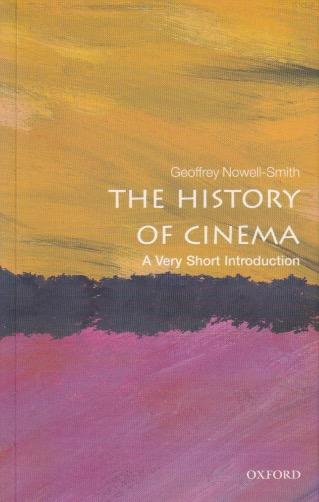
We take much for granted. Consider the movie. We all know what movies are, and, prior to 2020 we all knew what the experience of going to the theater was. Some of us even recall the drive-in experience. Technology (and the pandemic) has changed all that. People now watch movies at home, or alone on their devices. Nevertheless, we still recognize what movies are and, being creatures drawn to story, we tend to enjoy them. In fact, many theorists of myth see cinema as the new mythology. Myths give us meaning and we tend to find meaning in films. We also find information in them. One of the points I’ve argued in my own work is that people learn about their religion from what they consume in the media.
Geoffrey Nowell-Smith offers a compact introduction to how we got here in this little book. The Very Short Introductions have wide recognition among those who want to learn something authoritative without taking too much time to do it. This introduction to cinema history is a wonderful overview of a complex subject. A few things became clear to me in reading it: cinema began as, and remains, an artistic industry. Other art forms developed as personal expression of visual, aural, or written expression. They eventually codified into art forms such as painting, symphonic music, or novels. Cinema, instead, grew out of the film industry and sought to become a new way of expressing artistic ideas. Clearly it has done so successfully. Not only that, unlike other art forms, it has always been a business.
Initially, photographic equipment was too expensive for most dilettantes. Studios brought together people with skills in the many areas required to put a movie together. You needed actors, directors, film developers, sound engineers, props and crews to make sets. Indeed, most art—such as book writing, or music albums—is a group effort. Movies especially so. And these people have to be paid. Film has, and has always had, a profit motive. While you get the sense that many artists would’ve painted even if they starved (and many did), and that most of us who write will do it regardless of not getting any profit from it, cinema would’ve collapsed without it. There’s a lot packed into this small book. For those who may have been reading about film for many years it will contain startling insights. A wide-angle book with a variety of lenses, it brings many things into succinct focus.
